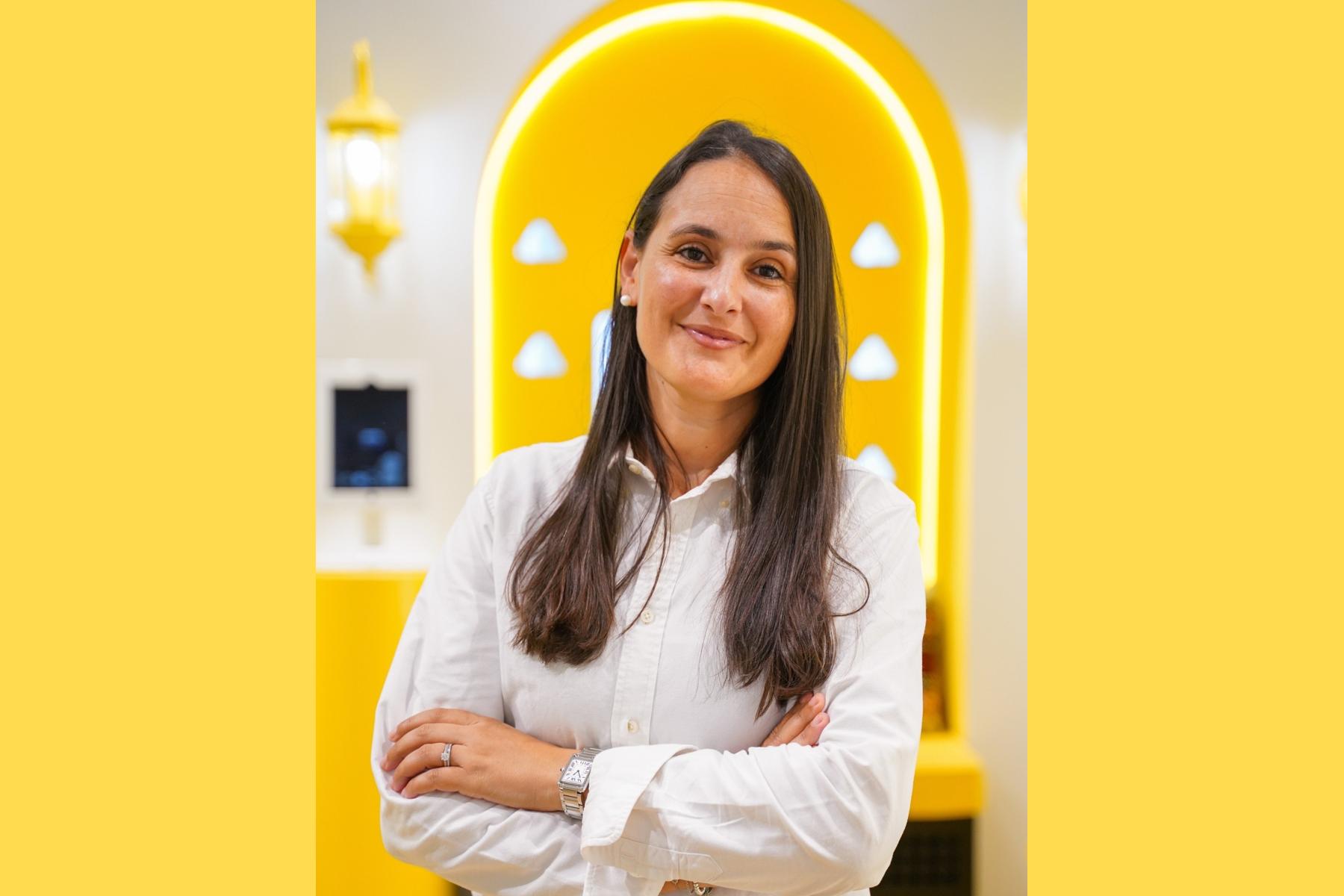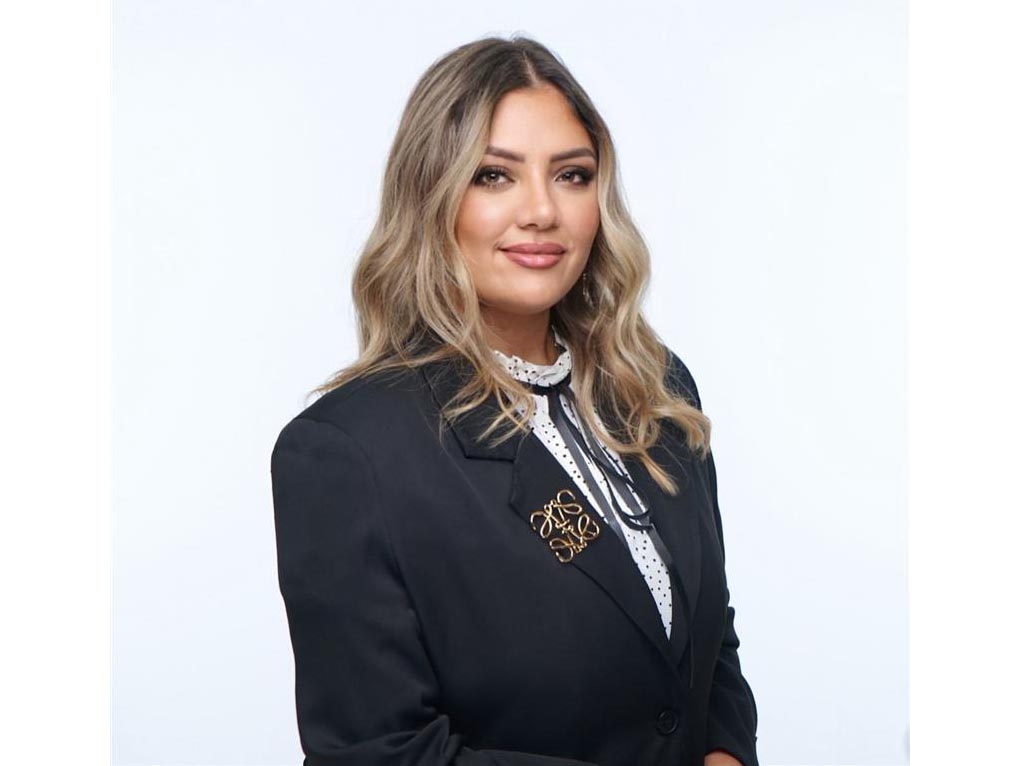Industry Talk - Free Talk
The need for multiculturalism in creativity
by Tamara Azar, Imagination ME
February 27, 2024
.jpg) Advertisement
AdvertisementAs recently as a decade ago, there was talk about quotas and ensuring that "our teams looked diverse enough." This was quickly met with criticism about the merits of some team members, sparking a lot of debate, particularly in western ad land.
However, in the Middle East, you’ll be hard-pressed to find an agency that doesn’t have multiple nationalities in their teams because of the diversity of citizenry from countries like the UAE, Qatar and Saudi Arabia.
Granted, there’s always been talk about 'cliques' and 'groups' within agencies, but overall, creativity in the Middle East is painted with a broad brush of diverse backgrounds, origins, interests, and contexts. But that isn't to say there aren't improvements to be made.
Multicultural teams are not only ethical and just, but also absolutely necessary. The variety of briefs that cross our desks - in terms of industries, cultural contexts, and local nuances - require diverse perspectives and experiences to ensure comprehensive understanding and innovative solutions.
Embracing multicultural teams fosters creativity, empathy, and adaptability, enabling us to effectively navigate the complexities of a globalized world and deliver exceptional work.
When hunting for insights that shape our creative ideas and experiences, it’s fundamental to have voices with different life experiences at the table. Creativity can come from any department and any team - not just those in creative roles.
Any agency, team, or brand looking to maximize the potential of their teams should consider the following key useful steps:
- Embrace the cultural consultant
A figure that is becoming more prominent in teams is the cultural consultant, who, due to their background or education, can provide a unique perspective on key topics.
For instance, when working on a project in Saudi Arabia, it is not enough to simply hire a Saudi. A Jeddawi's perspective will differ from that of someone from Riyadh or Tabuk. It is critical to determine who the project will primarily target, and then find an expert in that field.
Ideally, that person will be able to reach out to and connect with local communities more effectively than we could from our office locations.
- Test creative with everyone
Agencies have a tendency to create echo chambers, in which small teams agree that something is a good insight - or good enough - to move forward creatively.
This can be mitigated by implementing touchpoint presentations in which the entire team, including people who were not even involved in the project, participated, with the goal of giving the creative team enough time to create something worthwhile while also allowing everyone to contribute to the project.
This self-imposed filter elevates creativity and outputs to new heights, ensuring that insights, ideas, and experiences are understood by the many rather than the few.
- Balance Global and Local influences
This may not be feasible for everyone, as not every agency has a global presence, but even if your only offices are in the Middle East, reaching out to freelancers and thought leaders worldwide can mean the difference between a good idea and a great one.
We frequently involve global heads of department in our projects, usually as consultants, and aim to get a new set of expert eyes on the presentation, pitch, deck, or campaign. This is usually a pivotal moment in any project because it is the closest thing to having a client review our work without having a client in the room.
A growing field of opportunity
While we have only scratched the surface of how multiculturalism can influence creative output, there is still much to learn and explore about the complex interplay between diverse cultural perspectives, experiences, and creative expression.
Businesses should strive for the best quality possible at every stage, from the language used in decks to the calligraphy for artwork or the accents used in voiceovers, and this is only possible when the voices in the room are diverse rather than the loudest.
And while our backgrounds and experiences may shape our initial perspectives, it is our openness to understanding and embracing the diversity of cultures that ultimately enriches our collective human experience and helps us create the best work. And while we are all humans who are individually responsible for our own cultural curiosity, there are ways for businesses to provide employees with the opportunity, exposure, and time to digest new perspectives.
At Imagination, we have a number of similar initiatives in place, including attending creative festivals, hosting workshops with external speakers, and sharing intelligence with other teams.
Ultimately, cultivating an environment where curiosity is encouraged, and diverse perspectives are valued not only enhances creativity and innovation within businesses but also fosters a more inclusive and empathetic workplace culture. Through these initiatives, we not only expand our knowledge but also strengthen our bonds as a team, ensuring that our work resonates with a broader audience and positively impacts the world around us.



.jpg)










